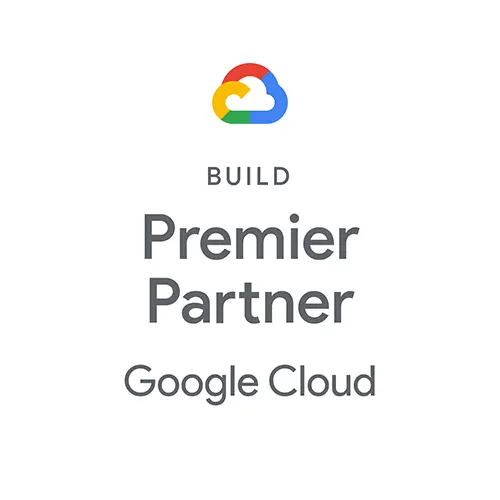As you release your software into the world, you are most certainly interested in the best software license model for your company. Choosing the proper software license management platform and model is the first step to generating revenue and satisfying your customers.
There are many licensing models on the market today. One of the most traditional and common models is the perpetual model. Most people are familiar with this model due to its popularity among B2C applications. The perpetual license model is one of the most traditional models that many companies feel comfortable with.
What is a Perpetual Software License?
The perpetual software license is one of the simplest on the market. It’s similar to most purchases that customers make in a store. For example, let’s say you need a new washing machine. You go to the store, find the model you want, make the purchase, and it’s yours. It’s a one-time payment that comes with a warranty and service. After the warranty is over, you can extend the warranty and the service package in most cases. Of course, the washing machine is stored in your home and you can use it as you please.
In the perpetual license model, customers pay a one-time fee for the software. They are essentially purchasing the software as opposed to renting it. Customers have the option of paying an annual fee (typically 20% of the original cost) in order to receive maintenance, support, and updates. The customer will typically host the software on its own servers.
Advantages and Disadvantages of Perpetual Licenses
There are multiple advantages of perpetual license models. Here are a few:
- Long term use: With a perpetual license, customers can typically use the software forever. This is attractive for companies or individuals who know they will need the software in the long-term.
- Clear costs: When a customer purchases software, they know exactly how much they will pay. They also have the option if they wish to purchase yearly maintenance plans.
- Software ownership: The customer owns the software after purchasing and hosts it on its own servers in most cases.
- Financial benefits: If the software is used for a long period of time, the perpetual model is often very attractive and cost-effective.
Disadvantages of the perpetual software license model:
- Yearly maintenance and support costs: On top of the initial cost of the software (which in many cases may be high), customers often purchase yearly maintenance and support packages in order to receive updates and support when necessary.
What is the Difference Between Perpetual and Subscription Licenses?
When discussing software licensing solutions, the questions of perpetual vs. subscription software licenses often comes up. The subscription license model has become more and more popular in recent years. When looking for the best software licensing model for your company, it’s important to consider both options and understand their differences.
Payment
As discussed, in the perpetual model, payment is a one-time purchase with the option of a yearly maintenance fee (perpetual pricing). In the subscription model, payments are recurring (typically monthly or yearly). In this model, customers are essentially renting the software. Initial costs tend to be lower but can become prohibitive depending on the length of use.
Implementation
In the perpetual license model, customers often host the software on their servers. This may require a high level of customization or integration to meet customer’s needs. In the subscription model, the software remains on the host company's server and offers less customization.
Upgrades and Support
In the perpetual model, the initial purchase will include updates and support for a certain period of time. Customers can pay for continued updates and support once the initial period has ended. In the subscription model, updates and support are part of the subscription fee.
Security
The main difference between the two models is that with the perpetual model customers host the software on their own servers as opposed to the subscription model in which the software is hosted on the vendor company’s server. In the perpetual license model, customers will have more control over security themselves and therefore more insight into the situation.
Making the transition from large one-time sales models to relationship-based recurring revenue models can be a game-changer. To find out more about how you can maximize recurring revenue for your business, download our latest whitepaper.




